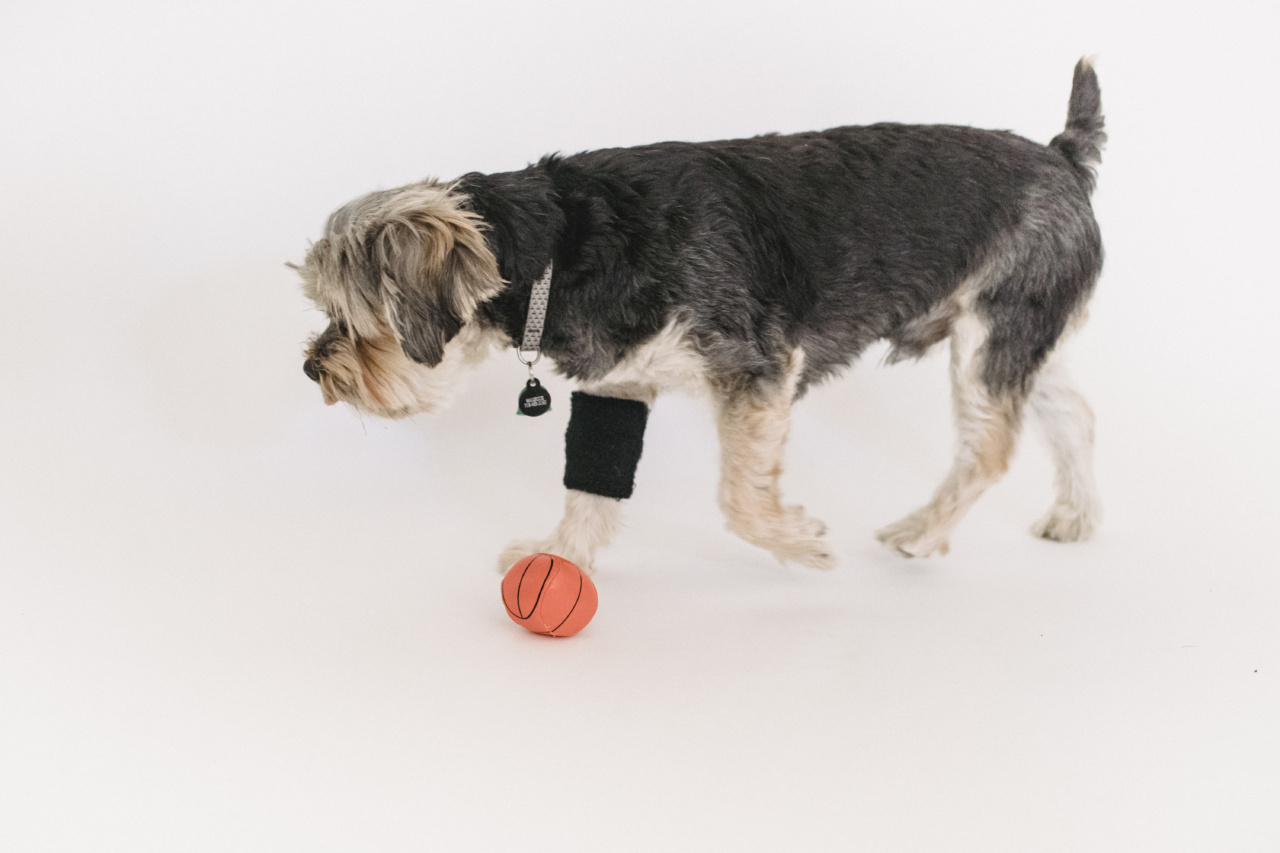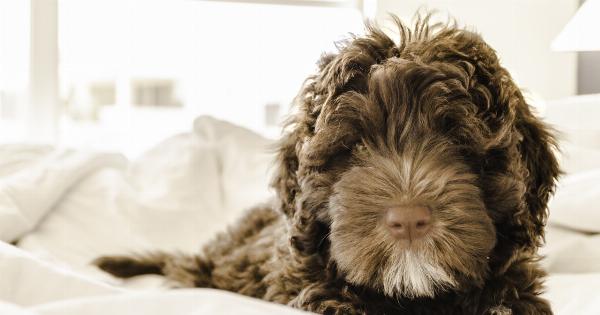Bringing a new puppy into your home can be an exciting and joyful experience. However, it also comes with certain challenges, one of the biggest being the potential for damage to your home.
Puppies are naturally curious and full of energy, which can lead to them getting into things they shouldn’t and causing unintentional havoc. By investing time and effort into training your puppy, you can create a safe and damage-free environment for both your furry friend and your home.
Establishing a Safe Space
One of the first steps in preventing damage to your home is to establish a safe space for your puppy. This can be a designated area, such as a crate or a puppy-proofed room, where they can safely stay when you’re unable to directly supervise them.
Make sure to remove any items that could be potentially dangerous or tempting for your puppy to chew on.
Puppy-Proofing Your Home
Puppy-proofing your home is crucial to prevent accidents and to protect your belongings. Start by getting down to your puppy’s eye level and identifying potential hazards.
Secure loose wires, remove toxic plants, and use baby gates or barriers to limit access to certain areas. Keep fragile items out of reach, and store chemicals and cleaning supplies securely. By eliminating potential dangers, you can significantly reduce the risk of damage.
Creating a Routine
Establishing a routine is essential for puppy training and preventing damage. Dogs thrive on consistency, so creating a schedule for feeding, potty breaks, exercise, and playtime will help in avoiding accidents and keeping your puppy occupied.
Stick to the routine as closely as possible, as this will help your puppy learn what behavior is expected of them.
Positive Reinforcement
Positive reinforcement is a powerful tool in puppy training. Whenever your puppy displays desirable behavior, such as chewing on their own toys instead of your furniture, reward them with treats, praise, and playtime.
This will make them associate good behavior with positive outcomes, increasing the likelihood that they will repeat it. Avoid punishment or yelling, as this can create fear and anxiety in your puppy, which may lead to destructive behavior.
Redirecting Chewing Behavior
Chewing is a natural behavior for puppies, as it helps soothe their teething discomfort and satisfies their urge to explore. Instead of scolding your puppy for chewing on inappropriate items, redirect their attention to appropriate chew toys.
Provide a variety of toys with different textures, shapes, and sizes to keep them engaged. When they chew on their toys, reward them with praise and treats. Consistency is key in teaching your puppy what is acceptable to chew on.
Supervision and Crate Training
While you can’t always be with your puppy, supervision is vital during the early stages of training. Whenever possible, keep your puppy within sight to prevent accidents and redirect any destructive behavior.
Crate training can also be beneficial, as it provides your puppy with a designated space where they feel secure. Make the crate comfortable and enticing by placing their toys and bedding inside. Gradually increase the time your puppy spends in the crate, using positive reinforcement and treats to create positive associations.
Bathroom Training
Bathroom training is a crucial part of preventing damage and maintaining cleanliness in your home. Establish a routine for your puppy’s bathroom breaks and take them outside to the designated potty area regularly.
When they eliminate in the appropriate spot, reward them with praise and treats. Accidents may happen, especially in the beginning stages, but it’s important not to punish your puppy. Instead, clean any accidents thoroughly to eliminate the scent and prevent repeat incidents.
Leash Training and Exercise
Regular exercise is essential for a happy and well-behaved puppy. Take your puppy for daily walks on a leash to provide physical stimulation and an opportunity for them to explore their surroundings safely.
Leash training is an important skill to teach your puppy, as it gives you control and prevents them from pulling or running off. Use positive reinforcement to reward good leash manners, and stay consistent with training to ensure long-term success.
Professional Training Assistance
If you find yourself struggling with training your puppy or if they exhibit severe behavioral issues, seeking professional training assistance can be highly beneficial.
Professional trainers have the knowledge and experience to address specific challenges and provide tailored guidance. They can help you establish a solid training foundation, ensuring a damage-free home and a well-behaved companion.
Conclusion
Training your puppy for a damage-free home requires patience, consistency, and positive reinforcement.
By setting up a safe space, puppy-proofing your home, establishing a routine, redirecting chewing behavior, providing supervision and crate training, implementing bathroom training, leash training, and exercise, as well as seeking professional assistance when needed, you can successfully train your puppy and create a harmonious living environment. Remember that training is an ongoing process that requires time and effort, but the rewards of a well-behaved and happy puppy are well worth it.

























